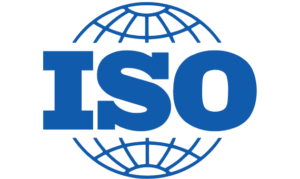
en into de, jp, ko, es
What new language is that? Well, it’s not really a language, but rather internationally accepted abbreviations for world languages. “En” represents English, while “de” represents German and so on. And now to your next question: How did they get “de” from the word “German” The word in German for the German language is Deutsch — hence the “de” abbreviation.
These language abbreviations are standards created by the International Organization for Standardization (ISO). You may have already heard of ISO film speed, which measures the speed of color negative film (and now digital camera settings as well) and ISO 900, a set of standards for quality management systems.
Founded in 1947 and based in Switzerland, ISO is comprised of the national standards institutes of 159 countries. They have created over 18,000 international standards and one of the most commonly used standards in the language/translation industry is ISO 639. The language standards have a variety of permeations, but the two letter abbreviations are the most common.
If you’re managing a translation or localization project at your job, want to work in the localization industry or you just want to get ISO 639 savvy, take a look at the actual code tables.
Once you get those abbreviations down, then you’ll want to learn the difference between “fr_ca” and “_fr”. But that lesson will have to wait for a future blog. Stay tuned so you can read in “en” the ongoing story of language abbreviations from “aa” to “zu”.
Insights for global growth

Power your strategic growth
Go beyond tactical localization with tailored, strategic solutions that resonate locally and drive growth globally.
Get started




